names of pharaohs in ancient egypt
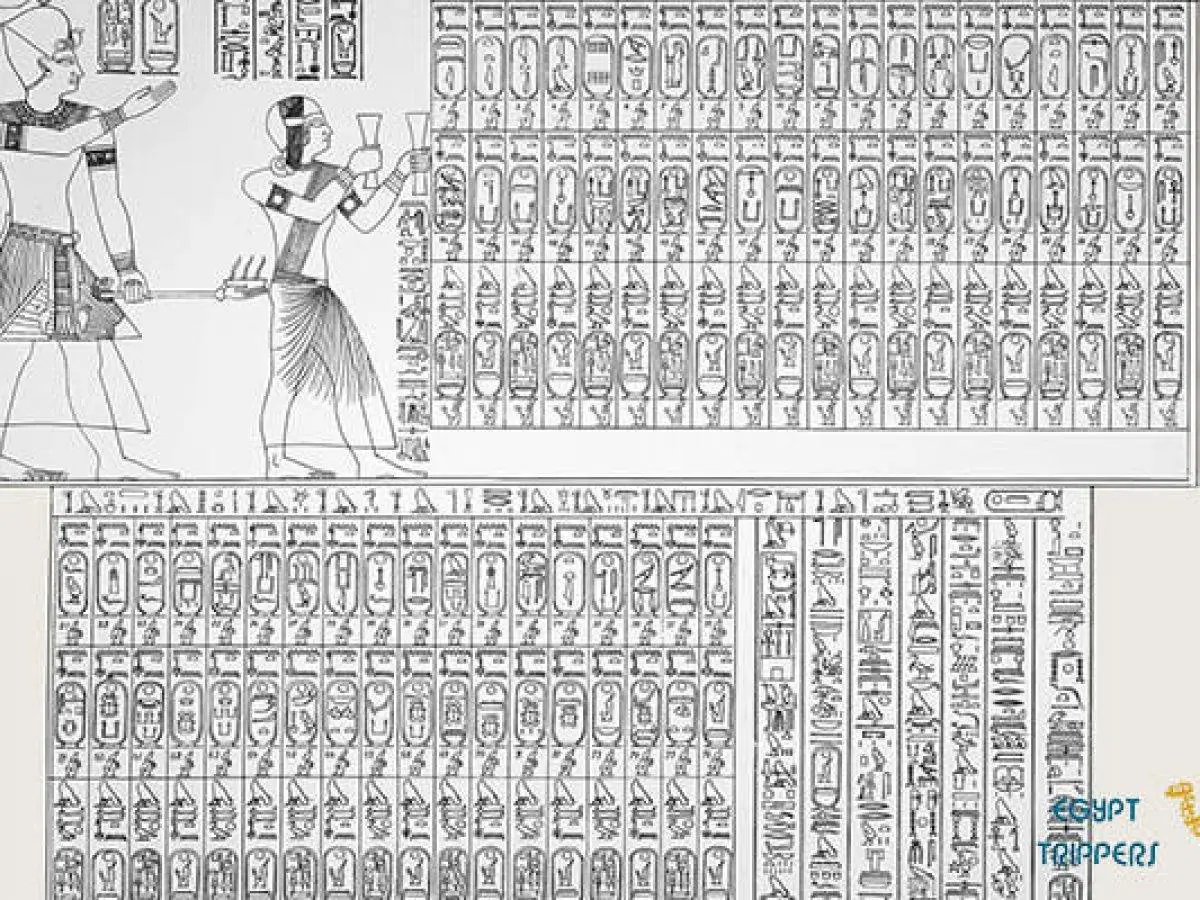
Merneith – ±2900 BC.
Mother herself came to the throne
‘Mother of the King’ reads the inscription on Merneith’s seal. But she was more than just Pharaoh Den’s mother.
She was Egypt’s first female pharaoh, and set an example for later women to gain power through their sons. Merneith has a beautiful funerary monument in the royal city of Abydos in the burial complex Umm al-Qa’ab. There she lies side by side with the greatest pharaohs of her time.
Tutankhamun – 1333-1323 BC.
Child King became a source of knowledge about his country
Tutankhamun died at the age of 18 and therefore did not really leave his mark on Egypt. His heyday came over 3000 years later, in the year 1922, when his grave was discovered.
The archaeologist Howard Carter found more than 700 objects in the tomb, which tell us a lot about the young pharaoh and life in ancient times. And, very exceptionally, the mummy and the precious sarcophagus were intact.
In addition to a gold treasure, the well-preserved tomb also contained richly decorated chests and four chariots and beds in the shape of a hippopotamus. The Egyptian government nationalized the find, which is now on display in the Egyptian Museum.
Senuseret I – 1971-1926 BC.
Cruel king called himself ‘decapitator of Asia’
Always on the warpath, Senuseret I expanded the empire into Palestine, Libya and Nubia.
The self-assured pharaoh called himself ‘decapitator of Asia’ and had the names of his Asian enemies carved on jars, which he then smashed during a ritual, as if they were his enemies themselves.
Cleopatra – 51-30 BC.
Last pharaoh lost everything
Cleopatra destroyed the Egypt of the pharaohs. She tried to ally herself with the most powerful Romans, but after an ignominious defeat, she committed suicide.
She had a son with Julius Caesar and married Mark Antony. But when Marcus and Cleopatra were defeated by Octavian at the Battle of Actium, the fate of Egypt was sealed.
With the death of Cleopatra, an era came to an end.
Legend has it that Cleopatra was bitten in the chest by a venomous snake.
Thutmose III – 1479-1425 BC.
Napoleon of the Nile
Thutmose III was small in stature, but an excellent strategist, taking his troops far into Nubia and Syria and making Egypt bigger than ever.
His stepmother Hatshepsut had ruled in his name for 13 years, and in order to step out of her shadow, he had all images of her destroyed.
Hatshepsut – 1479-1458 BC.
No other woman made such a shrewd grab for power as Hatshepsut.
Like Merneith, Hatshepsut used her son to gain power. She was appointed regent until her 3-year-old stepson, Thutmose III, was old enough to rule. But she soon declared herself sole ruler and waged a number of successful wars.
She is best known for her expedition to the mythical Land of Punt (the land of gold, whose location we do not know), where she sourced ebony and frankincense.
Depicted in her mortuary temple at Deir el-Bahari, the journey is considered the world’s first botanical expedition.
To survive in a man’s world, she called herself Maatkare – ‘truth is the soul of the sun god’ – to emphasize her divinity.
Djoser was able to build his pyramids because he had large numbers of workers at his disposal.
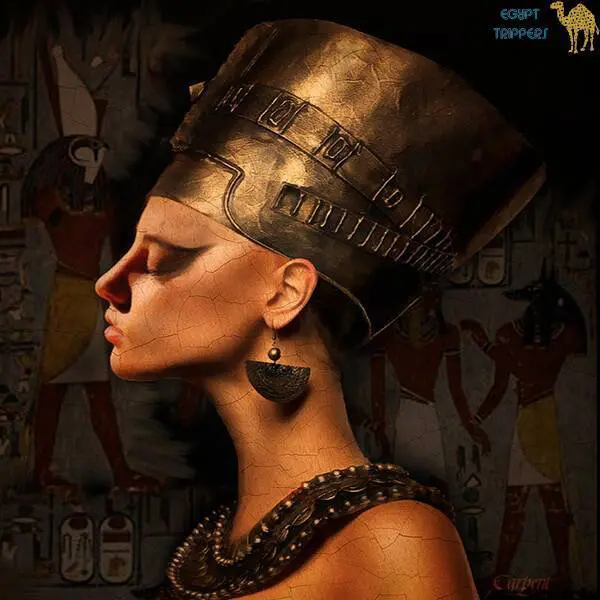

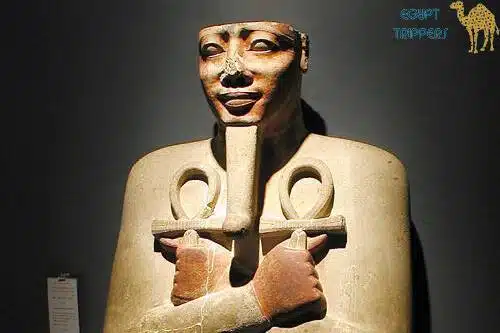
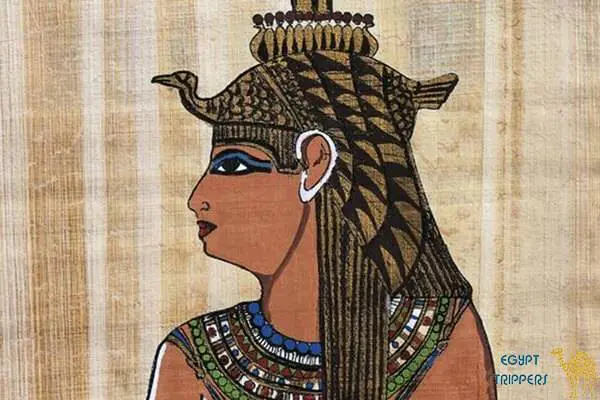
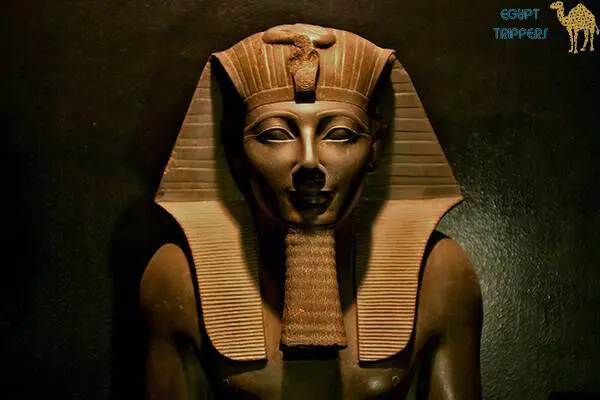
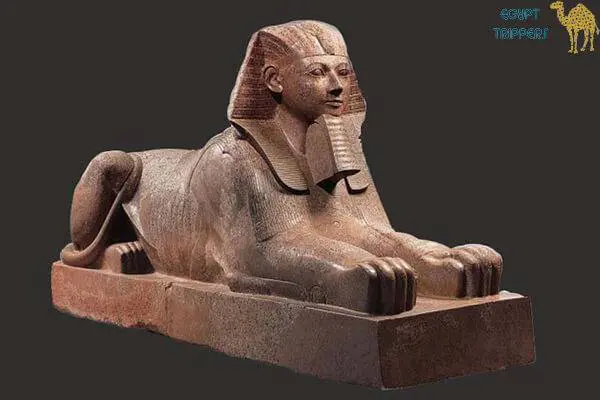

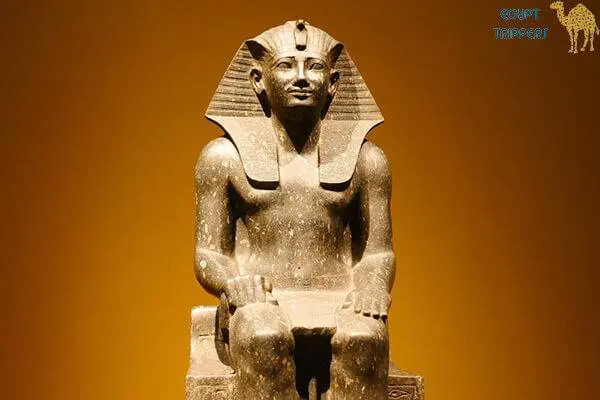
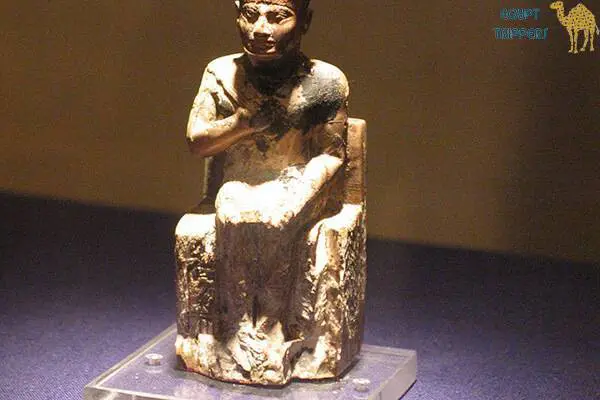
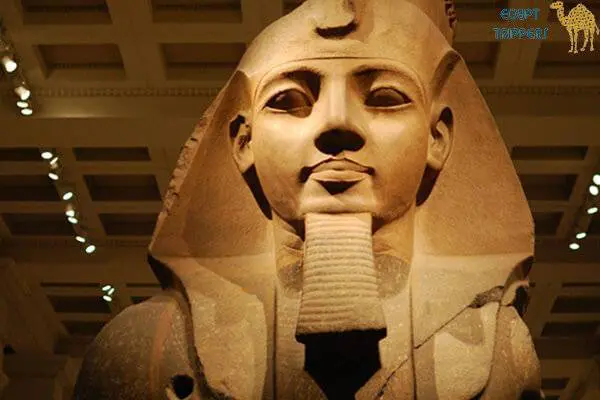



Leave a Reply